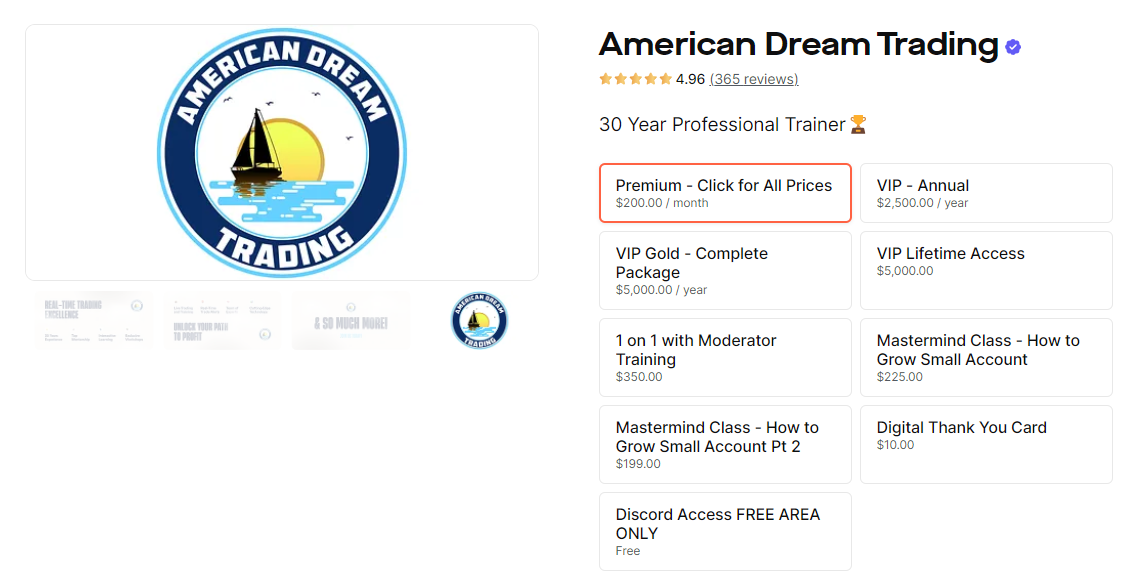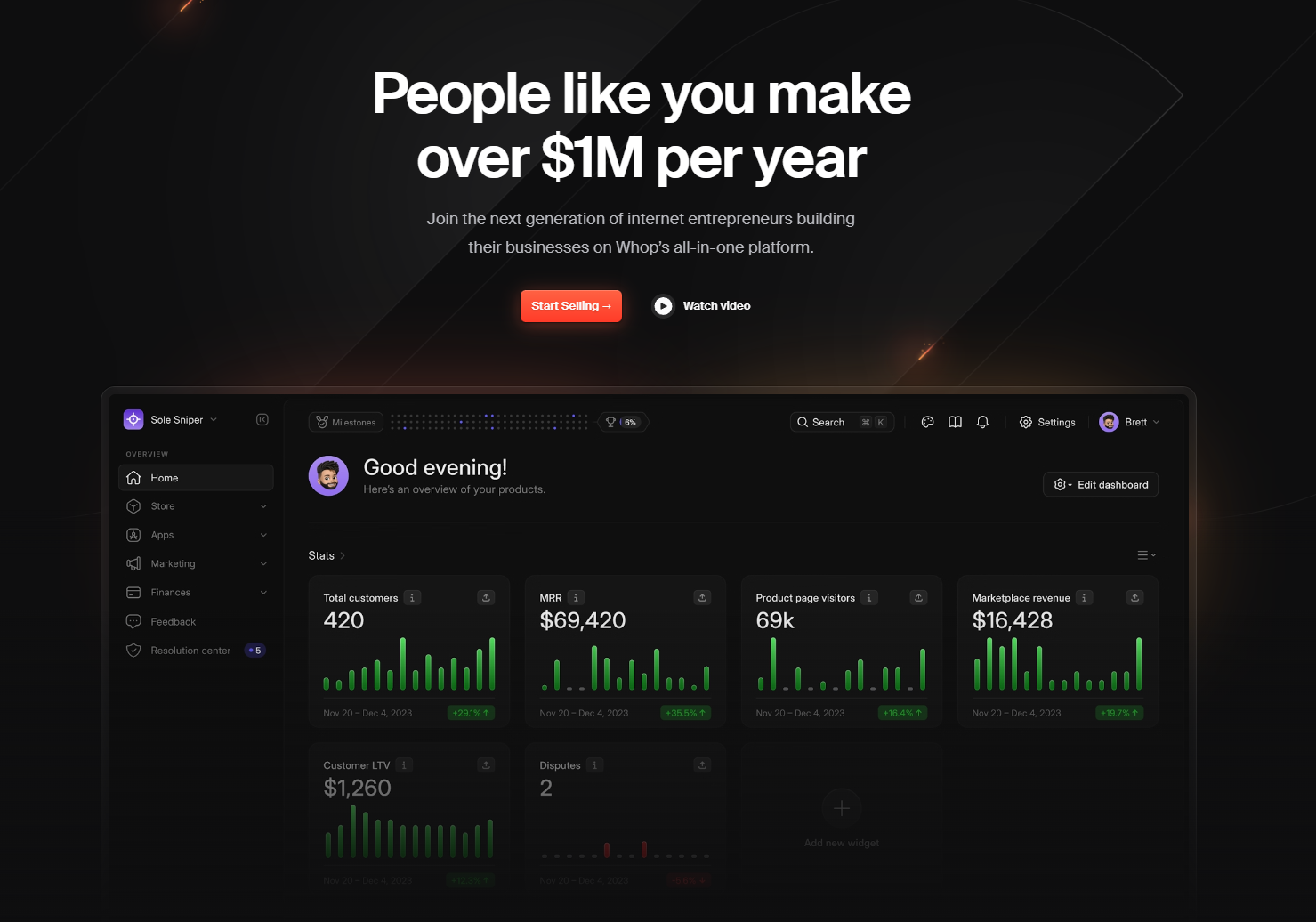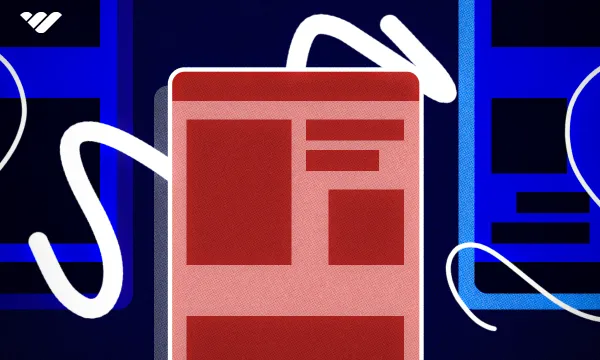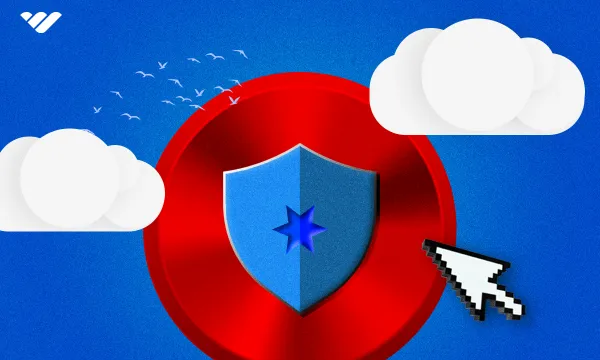The global online education market is booming, so if you’ve got knowledge to share or a course to sell, you’re on a great path. With Statista projecting over 8.5% growth to a total volume of $279 billion in 2029, online courses and e-learning are very much in the mainstream as far as business models go.
There are a variety of platforms on which you can host and share your courses, and multiple revenue models to choose from. There are thousands of successful course creators operating in each of these niches, and there’s still ample opportunities out there for new creators given the sheer variety of available subject matter.
That being said, online communities are also growing around different courses and course creators. These groups can rise in an organic fashion, but they’re best utilized in a controlled fashion by you, the creator, because they can benefit you and your students alike in more ways than you might imagine!
Let’s look at how, and then show you how to create your own online community!
Why Should Your Course Have an Online Community?

As a course provider, irrespective of your platform of choice for selling courses, there’s a risk that your customers engage once and are never to be seen again. Even if they’re extremely satisfied at the end of the course, you need to have all your ducks in a row in terms of additional products and options to monetize further—and this isn’t always possible.
If you’re able to bring your course participants together into a community, you can ensure that they’re ready and waiting for whenever you do have those follow-up products ready to go. That gives you a ready and motivated customer pool ready to dive in the moment you launch something new!
Forming a community helps participants during the course too, letting them collaborate and communicate, reinforcing their learning in that manner. The power of group learning shouldn’t be underestimated! Plenty of course participants also need to feel as if they aren’t alone on their journey—this can happen especially with remote learning, but forming an online community using the right platform can alleviate this feeling and instill a sense of togetherness.
For you as a course creator, an online community can provide you with multiple invaluable revenue streams. First and foremost among these is the opportunity to earn subscription revenue. Plenty of creators do this, and it’s common to offer a little bit extra for those willing to pay you for more—a little exclusive content goes a long way, and is enough to secure those invaluable monthly subs.

Plenty of course creators on Whop are able to monetize their communities in multiple ways, charging fees for membership and adding value on top of what course participants have already absorbed. American Dream Trading (pictured above) is a great example of this. They charge monthly membership but have plenty of extras on offer for community members to consider, including one-on-one trading and mastermind sessions.
Create an Online Community in 7 Steps
Now that you know why you should be thinking about launching your online community sooner rather than later, let’s get into exactly how you can put the plan into action.
#1. Define Your Goals
First of all, it’s important to take stock of your situation and be honest with yourself about where your course is. Do you have a significant amount of satisfied customers, or some kind of community already established somewhere? Or is your course relatively new, and still in the process of establishing itself (and you) as an influence in the space?
Your situation will probably dictate how you go about things. Having an established following means you can probably go straight out of the gate with an exclusive paid group, but a small creator may need to think in terms of a free group with some premium options to ramp monetization up slowly.
At this stage, you can figure out what’s possible given your stature in your niche and then devise an offering that works.
#2. Position Your Brand
Let’s face it, the internet is vast, and even if you’re teaching courses in extremely new fields, there are bound to be others already in the market. This means that your brand positioning is extremely important, since it’ll help you differentiate yourself from other course creators, and you can establish a unique proposition that sets you apart.
This will go hand-in-hand with whom you target as your ideal customer. Building a detailed customer persona and learning about your chosen customer segments will help you refine your brand positioning strategy, and allow you to “speak” directly to the heart of your customer. The best creators really get their audience, and this connection can serve as a great basis for your community.
#3. Choose Your Platforms
One of the most important things to think about when it comes to creating a community is which services or platforms will help you run and market your group. In terms of actually managing a community, Discord is often considered a top contender given the number of ways you can use it—each functionality then becoming an option for monetization.
You can learn more about what you can do with Discord here, but it’s worth mentioning that Telegram is a good option too. All you really need to make an online community work is the ability to create invite-only channels and moderate effectively, which Telegram provides. If it comes down to a choice between Discord and Telegram, this article might help—pick whichever option suits your situation best!
However, there is a new contender on the market - Whop. With Whop, you can now incorporate functions like chat, forums, video calls and even host courses directly from your Whop. As a result, plenty of creators are skipping traditional platforms like Discord and Telegram and coming directly to Whop as a one-stop shop for their communities. Rather than having a community platform and monetizing it with another service, you can do it all in one place with Whop.
Which services you use to market your community also have a big role to play here, and it might come down to what form of marketing you yourself prefer. TikTok is great for short video content but YouTube might be the way to go if you want to release free samples of your courses. Then there’s Instagram which is all about imagery, Mastodon and Twitter for brief text, and even Facebook can be of use for certain customer demographics.
#4. Bring Members In
Now that you’ve chosen which platforms to use, you can start funneling your course participants in. Just a mention of them during your courses will generally be enough, but content marketing as described via Instagram, TikTok and YouTube will also help—and they’re only the tip of the iceberg, given that you might find media like blogs even more powerful.
As long as you keep creating genuine content, you should be able to attract more and more people to join your community as long as you make it easy for them—make sure to drop your Discord server link or Telegram access information on all of your posts and bios so that interested folks can hop right along and check your community out.
Remember to think about what happens once members join your community. Platforms like Discord let you funnel members in through a welcome page where you can provide any relevant disclaimers and also block bots. Make sure that your community is welcoming, and greet them personally if you’re around!
#5. Create Premium Content
Now that you’ve got a community going, you’ll need to start delivering exclusive content to make sure that they stick around, especially if it’s a paid group. You already established a plan for this in Step #1, but now it’s time to execute.
Make sure you deliver what you promised when people joined, and if it’s a free community then members will be thrilled at getting so much value for nothing—and that boost in goodwill could be enough that they decide to go for your paid tiers or products in order to get even more of what you’re giving.
#6. Engage With Your Community
Your community is in full flow now, but your job isn’t over. Running a community isn’t particularly easy, especially a paid one—it’s a challenge to maximize retention and ensure that community members are happy and looked-after. And this is on top of moderating and creating extra content for them!
The key is to engage with them, and ensure that members are engaging with each other positively too. Hosting events is one of the best ways to do this, and there’s no reason you can’t keep them closely related to your course or the subject matter thereof—if you’re doing a trading course, then every market open and close is an opportunity.
#7. Grow Your Community
Your platforms are in order, your community is friendly and engaged, your retention is high… but you’re not done yet. All of these things are great and you’ve secured yourself a new revenue stream to add to your courses’ take, but the top line from your community is stagnant.
As such, growth is something you always need to keep an eye on. The numbers may not keep the same sort of trend as when you launch, but a healthy, regular growth can easily offset churn and ensure that your top line keeps on expanding too.
To do this, make sure you don’t neglect any side of the community that we’ve discussed so far. Effective marketing can really help, so doubling down on your content marketing strategy with more blogs and videos may be one way to do it even if you outsource, and options like referrals and affiliates can help too. Partner up with other creators, bring in guests, expand on the types of events that you run, and leverage social media for promotions.
Launch Your Course Community with Whop!

If you want to open up new revenue streams on the basis of your course, creating an online community is the way to go. It allows you to bring your most satisfied participants together and build a group where members can gain from cooperative learning but are also perfectly positioned for you to target with more premium content.
This is just one of many options and business models available to you in terms of monetizing your community, but whichever one you choose, Whop can help! Whop helps course creators, influencers, podcasters, traders, and many more online entrepreneurs monetize their skills and knowledge, helping them set up and sell digital products including communities.
If you want to create and monetize an online community, Whop helps you to gate different membership tiers, set up subscriptions, integrate with different apps and services, and handle payments. Whop covers all of the bases you need, so visit the website or talk to the team today!





